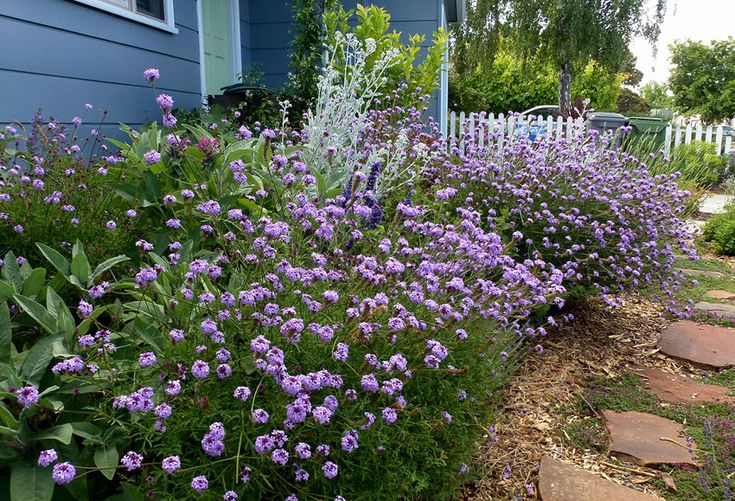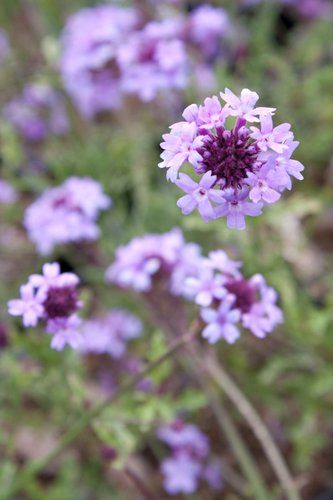Verbena lilacina 'De La Mina'

Verbena lilacina 'De La Mina', a cultivar of Verbena lilacina, is a delightful flowering perennial known for its clusters of lilac-colored blooms and aromatic foliage.
With its charming appearance and easy-going nature, this plant adds a touch of elegance to gardens and landscapes.
In this comprehensive article, we will explore the botanical intricacies, habitat preferences, life cycle, ecological significance, conservation status, and care guidelines for Verbena lilacina 'De La Mina'.
Botanical Description
Is characterized by its bushy, mounding growth habit and slender, lance-shaped leaves that are aromatic when crushed.
The leaves are typically medium green and may have serrated edges.
From late spring to early fall, 'De La Mina' produces clusters of small, fragrant flowers in shades of lilac or lavender.
The flowers are highly attractive to butterflies, bees, and other pollinators, making 'De La Mina' a valuable addition to pollinator gardens and wildlife habitats.
Habitat and Distribution
Verbena lilacina 'De La Mina' is native to Mexico and is found in a variety of habitats, including grasslands, open woodlands, and rocky slopes.
It thrives in well-drained soils and full sun but can also tolerate partial shade and a range of soil types.
'De La Mina' is often cultivated as an ornamental plant in gardens and landscapes, where it adds color and fragrance to borders, rock gardens, and container plantings.
Life Cycle and Phenology
As a perennial, this plant goes through an annual life cycle marked by seasonal growth and flowering.
New growth emerges in spring, with the plant reaching full maturity by early summer.
Flowering typically occurs from late spring to early fall, with the peak bloom period lasting several weeks.
Deadheading spent flowers can encourage continuous blooming throughout the growing season.
In colder climates, 'De La Mina' may die back in winter but regrows from the base in spring.
Ecological and Cultural Importance
This plant plays a valuable ecological role as a pollinator plant, providing nectar and habitat for butterflies, bees, and other insects.
The flowers attract a wide range of pollinators, contributing to the health and diversity of local ecosystems.
Additionally, 'De La Mina' has cultural significance as an ornamental plant, celebrated for its beauty and versatility in garden settings.
It is often used in mixed borders, cottage gardens, and Mediterranean-style landscapes, where it adds color, fragrance, and wildlife habitat value.

Caring for Verbena lilacina 'De La Mina'
Sunlight
Plant in a location that receives full sunlight for at least 6 to 8 hours per day.
While it can tolerate some shade, full sun encourages the best growth and flowering.
Watering
Provide regular water during the establishment period, then gradually reduce watering once the plant is established. 'De La Mina' is drought-tolerant once established and only requires occasional watering during periods of extended drought.
Soil
Plant in well-drained, sandy or loamy soil with a neutral to slightly alkaline pH.
Amend heavy clay or compacted soil with organic matter such as compost to improve drainage and fertility.
Mulching
Apply a layer of organic mulch around the base of the plant to conserve moisture and suppress weed growth.
Keep the mulch several inches away from the stems to prevent rot.
Pruning
Prune 'De La Mina' as needed to maintain its desired shape and size.
Deadhead spent flowers regularly to encourage continuous blooming throughout the growing season.
In late winter or early spring, cut back any old or leggy growth to promote new growth and rejuvenate the plant.
Leave a Reply
You must be logged in to post a comment.